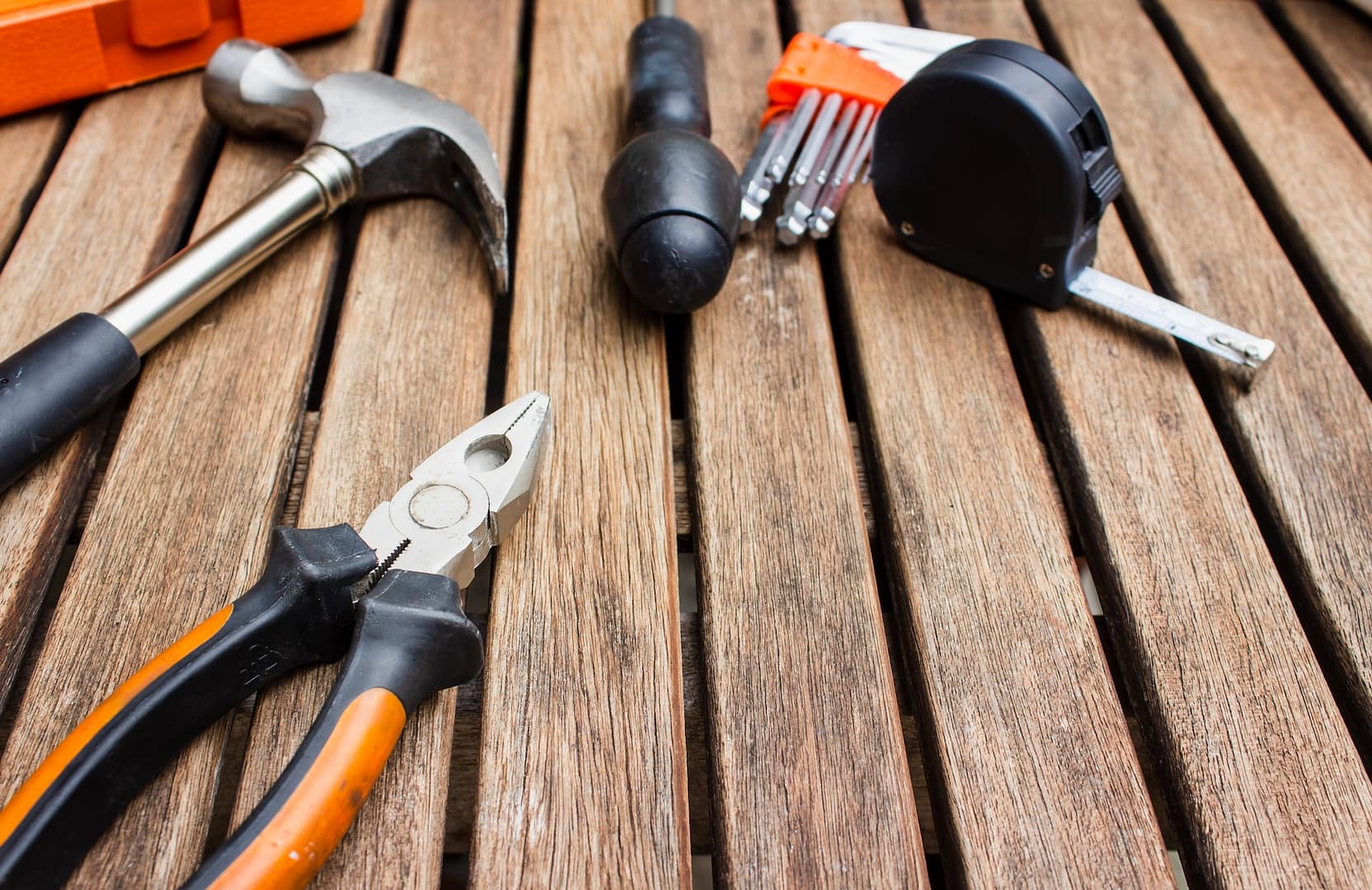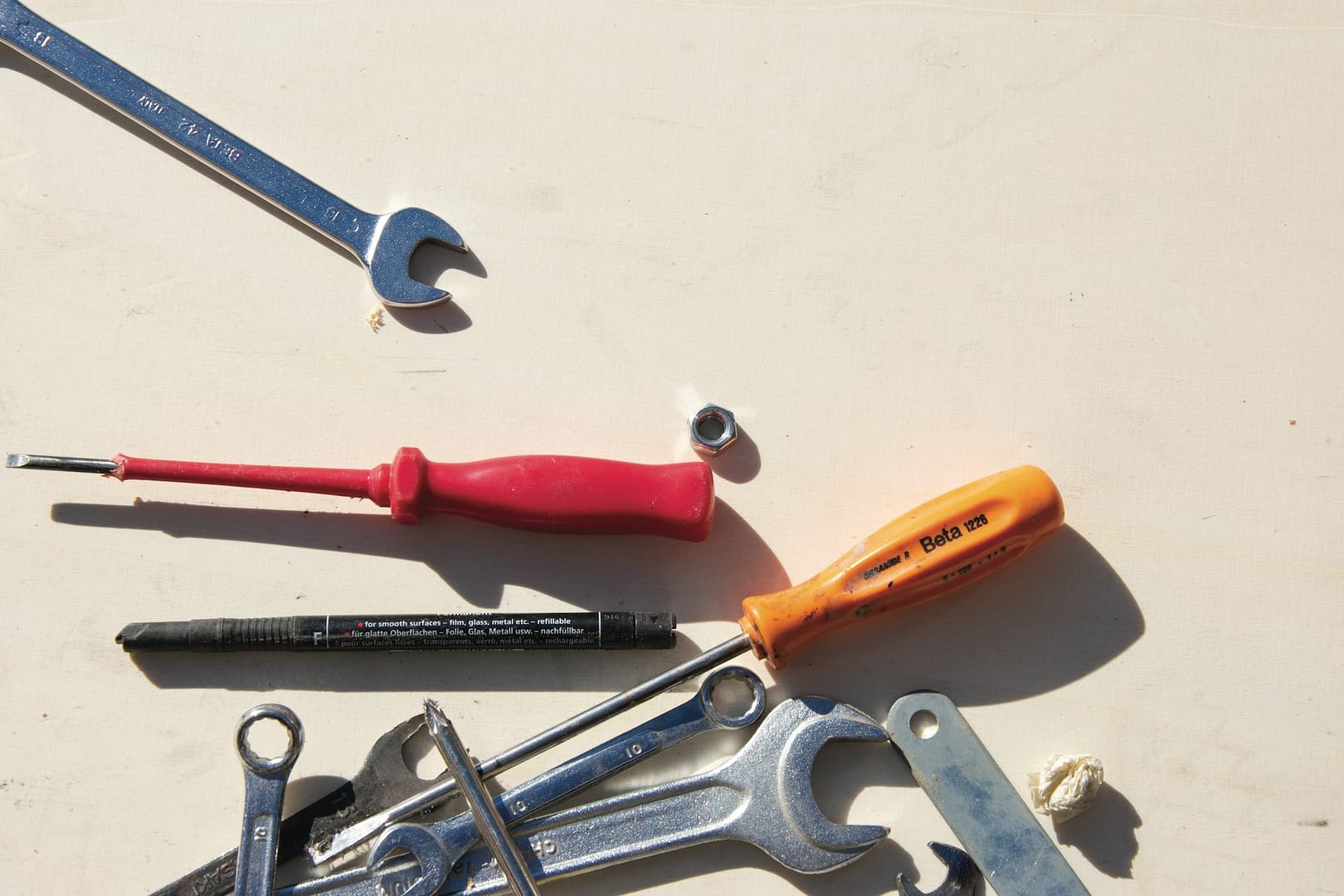Are you facing housing disrepair issues and wondering how to tackle them effectively? You’re not alone. Housing disrepair can be a frustrating and distressing problem, but there are steps you can take to address it and improve your living conditions. In this article, we will explore what housing disrepair entails, provide guidance on making a disrepair claim, and offer practical tips on resolving these issues.
Understanding Housing Disrepair
Housing disrepair refers to the state of a property when it falls into a state of disrepair or dilapidation due to neglect or inadequate maintenance. Common examples of housing disrepair include dampness, mold growth, leaking roofs, faulty plumbing, electrical problems, structural defects, and inadequate heating systems. These issues can significantly impact the quality of life and pose risks to the health and safety of occupants.
The Impact of Housing Disrepair
Housing disrepair can have severe consequences for individuals and families. Dampness and mold, for instance, can exacerbate respiratory conditions and lead to allergies or other health problems. Leaks and structural defects may compromise the stability of the building, putting residents at risk of accidents or injury. Moreover, inadequate heating or insulation can lead to discomfort and higher energy bills.
Making a Disrepair Claim
If you find yourself living in a property suffering from disrepair, you have rights as a tenant or homeowner. Taking legal action through a disrepair claim can help you address the issues and seek compensation for any damages or inconvenience you have experienced.
Assessing the Responsibility
The first step in making a disrepair claim is to determine who is responsible for the repairs. If you are a tenant, your landlord is typically responsible for maintaining the property and ensuring it is in a habitable condition. Homeowners, on the other hand, may need to consult legal experts or their insurance providers to determine liability.
Documenting the Disrepair
To strengthen your case, it is crucial to gather evidence of the disrepair. Take photographs or videos of the issues, noting the date they were taken. Keep a detailed record of any correspondence with the responsible party, such as your landlord or property management company. These records will serve as crucial evidence during the claims process.
Seeking Legal Guidance
Before initiating a disrepair claim, it is advisable to seek legal guidance from housing disrepair claims specialists like National Claims. They can help you understand the strength of your claim, guide you through the legal process, and represent your interests if the matter escalates to court.
Mediation and Alternative Dispute Resolution
In some cases, it may be possible to resolve the issues through mediation or alternative dispute resolution methods. These processes involve bringing all parties together with an impartial mediator to find a mutually agreeable solution. Mediation can be a quicker and less adversarial way to resolve housing disrepair disputes compared to court proceedings.
Resolving Housing Disrepair
While pursuing a disrepair claim can provide a legal avenue for resolving housing disrepair, it’s also important to take immediate action to mitigate the issues and improve your living conditions.
Reporting the Disrepair
If you’re a tenant, promptly report the disrepair issues to your landlord or property management company in writing. Ensure you keep a copy of the communication for your records. It is often best to report the problem using multiple channels, such as email and registered mail, to ensure your concerns are properly documented and received.
Contacting Local Authorities
If your landlord fails to address the disrepair despite proper notification, you may consider contacting your local authority’s environmental health department. They have the power to inspect properties and issue enforcement actions if necessary, putting pressure on the responsible party to carry out the repairs.
Temporary Remedies
While waiting for the disrepair issues to be resolved, there are temporary measures you can take to improve the situation. For example, if you’re experiencing dampness, using dehumidifiers and ensuring proper ventilation can help reduce moisture levels. If you have a leak, use buckets or towels to contain the water and prevent further damage.
Keeping Records
Throughout the process, maintain a detailed record of all communication, actions taken, and any expenses incurred due to the disrepair. These records will be valuable should you need to provide evidence for your claim or seek compensation for damages.

Conclusion
In conclusion, housing disrepair can significantly impact your quality of life, but there are steps you can take to address the issues. By understanding your rights, gathering evidence, seeking legal advice, and taking proactive measures, you can navigate the process of resolving housing disrepair effectively. Remember, prompt action is crucial, so don’t hesitate to report the problems and seek the assistance you need to ensure your home is safe, habitable, and comfortable.
Contact us today to start your claim and to learn more about housing disrepair claims.
Click below to see why we are one of the most trusted claims management companies in the UK.





